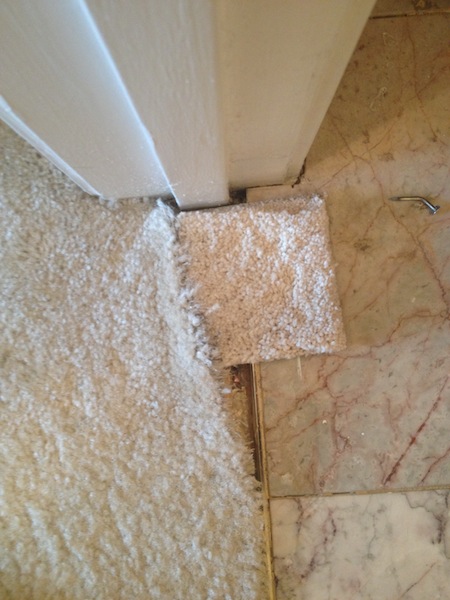Hello,
I am helping a friend with his bathroom floor. They had a leak, he cut out a 2-foot square section of the plywood, we patched it back in but the old and new plywood does not match up perfectly. In some spots the new plywood is too low. The flooring they are going to install is this thin linoleum stuff so we need to even the subfloor out fairly well.
What should we use? Is there something similar to sheetrock mud? I have seen stuff that you poor on but this is around a toilet so there are holes, I don't think that this liquid stuff would work. Is there soemthing you can put on with a trowel?
I am helping a friend with his bathroom floor. They had a leak, he cut out a 2-foot square section of the plywood, we patched it back in but the old and new plywood does not match up perfectly. In some spots the new plywood is too low. The flooring they are going to install is this thin linoleum stuff so we need to even the subfloor out fairly well.
What should we use? Is there something similar to sheetrock mud? I have seen stuff that you poor on but this is around a toilet so there are holes, I don't think that this liquid stuff would work. Is there soemthing you can put on with a trowel?






